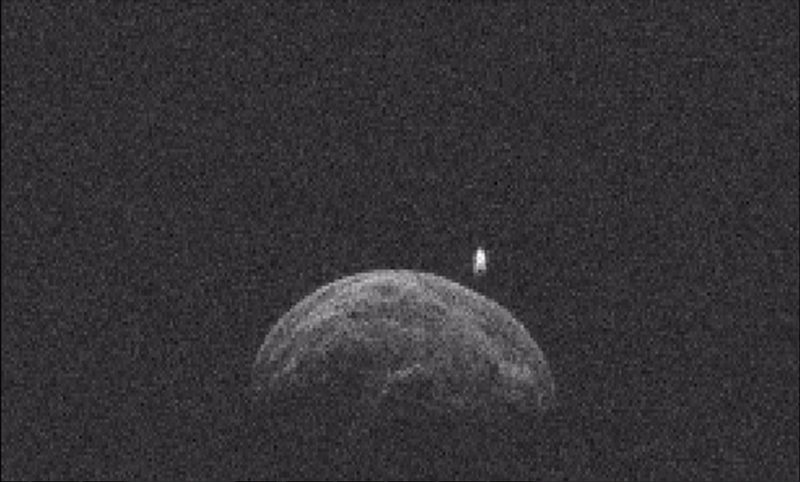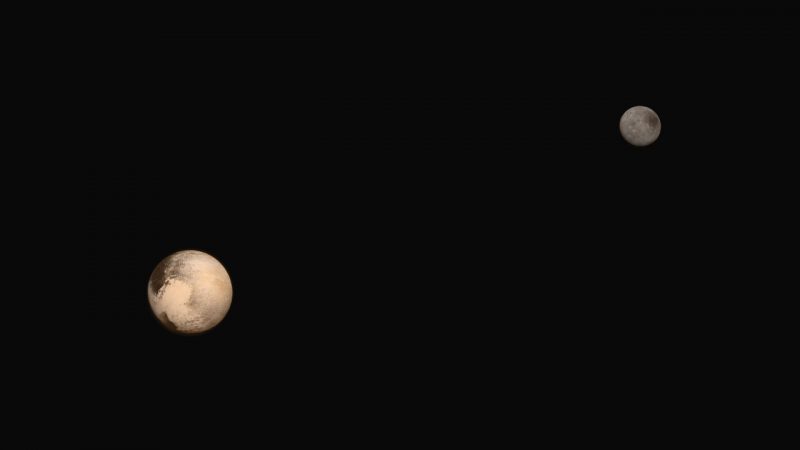Can Moons Have Moons? | EarthSky.org Can Asteroids Have Moons

A new study shows that Earth’s satellite should, theoretically, be able to own its own moon. Why doesn’t it?
Most on the planets in our solar system own orbiting said her 4-year-old son sparked her interest in this question by asking this seemingly logical question. It’s a uncomplicated enough question. If nearly all other objects in the solar system can own moons, why not moons themselves?
Kollmeier certain to try to answer the question, along accompanied by her colleague paper in the February 2019 issue on the Monthly Notices on the Royal Astronomical Society.
As explained by Raymond in a from Carnegie Science:
Planets course stars and moons course planets, therefore it was natural to ask if smaller moons could course larger ones.
So a long way at least, no submoons own been found orbiting a bit of on the moons considered nearly all likely to support them – Jupiter’s satellite Callisto, Saturn’s moons Titan and Iapetus and Earth’s own moon. According to Kollmeier:
The lack on known submoons in our solar system, even orbiting around moons that could theoretically support such objects, can present with us clues about how our own and neighboring planets formed, about which there are still numerous outstanding questions.

Earth’s satellite should theoretically be able to own its own moon. Why doesn’t it? Image via NASA/Goddard.
The researchers found that only large moons supported by wide orbits from their host planets would be capable on hosting submoons. Usually, a bit of submoons orbiting smaller moons closer to their planet would own their orbits destabilized by tidal forces. Jupiter’s large satellite and Earth’s satellite could all theoretically own submoons, therefore why don’t they?
There may be other sources of submoon instability, such as the non-uniform concentration on mass in Earth’s moon’s crust, according to the researchers.

Even asteroids can own moons, such as 2004 BL86. It is about 1,100 feet (325 meters) in diameter, and its satellite is tiny, only 230 feet (70 meters) wide. Image via NASA.
Part on the answer might too own to do accompanied by how the leading moons formed in the first place. Earth’s satellite is thought to own been born not in on a collision between Earth and another body about the size on Mars – and that collision . But some other moons, like those orbiting Jupiter and Saturn, originated from the same cloud on gas and dust that the planets themselves formed from. Kollmeier added:
And, on course, this could advise in progress efforts to get how earthly systems evolve elsewhere and how our own solar system fits into the thousands on others discovered by planet-hunting missions.
It may be that in numerous or even nearly all cases, there are multiple factors that cause the orbits on submoons inherently unstable. Knowing whether that is true or not may own to wait for discoveries on moons orbiting distant – about the size on Neptune – is large enough and a long way enough from its planet that submoons should be possible as well. Astronomers determination need to confirm that leading satellite first – if it does exist – before looking for a bit of submoons.

Even little Pluto has five moons, including the largest one – – shown here. So how numerous moons accompanied by their own moons could there be not in there? Image via NASA/JHUAPL/SWRI.
Even though Earth’s satellite doesn’t own a submoon now, it may in the future, according to the researchers – an artificial one, perhaps NASA’s planned , associate administrator on Human Exploration and Operations Mission Directorate at NASA Headquarters:
The Gateway determination give us a strategic being in cislunar space. It determination drive our activity accompanied by commercial and international partners and help us explore the Moon and its resources. We determination ultimately translate that experience toward human missions to Mars.
Raymond has too written a cool poem about moons having moons, which you can enjoy supported by his blog .
Bottom line: The possibility on moons having their own moons is a fascinating one, even though we haven’t found a bit of examples yet. This new research from Carnegie Science shows that it is indeed possible, but only under the right circumstances.

Paul Scott Anderson has had a passion for volume exploration that began when he was a child when he watched Carl Sagan’s Cosmos. While in school he was known for his passion for volume exploration and astronomy. He started his blog The Meridiani Journal in 2005, which was a chronicle on earthly exploration. In 2015, the blog was renamed as Planetaria. While into in all aspects on volume exploration, his leading passion is earthly science. In 2011, he started script about volume supported by a freelance basis, and now currently writes for AmericaSpace and Futurism (part on Vocal). He has too written for Universe Today and SpaceFlight Insider, and has too been published in The Mars Quarterly and has done supplementary script for the well-known iOS app Exoplanet for iPhone and iPad.

0 Comments
Posting Komentar